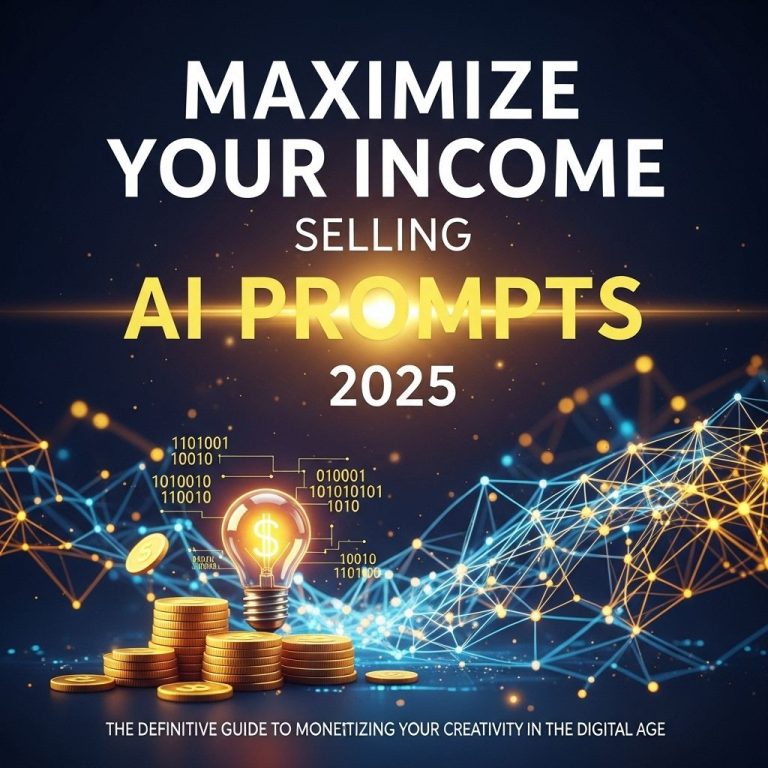In today’s fiercely competitive business landscape, organizations are constantly seeking innovative ways to enhance profitability. One of the most impactful strategies to achieve this is through AI-driven pricing models. By leveraging artificial intelligence, businesses can optimize their pricing strategies, adapt to market fluctuations, and ultimately unlock new revenue streams. This article delves into the intricacies of AI-driven pricing strategies, exploring their advantages, implementation, and the future of pricing in an AI-enhanced environment.
The Evolution of Pricing Strategies
Traditional pricing strategies often relied heavily on historical data and gut feelings. However, as markets evolved, the need for more sophisticated approaches became apparent. The integration of technology, particularly AI, has revolutionized how companies set their prices. Here’s how this evolution unfolded:
- Historical Pricing: Based on previous sales data and market trends.
- Cost-Plus Pricing: Adding a markup to the cost of goods sold.
- Dynamic Pricing: Adjusting prices based on real-time market demand.
- AI-Driven Pricing: Utilizing algorithms and machine learning to predict optimal pricing strategies.
The Mechanics of AI-Driven Pricing
AI-driven pricing strategies hinge on advanced algorithms that analyze vast datasets to detect patterns and predict consumer behavior. Here’s a closer look at the mechanics involved:
Data Collection
The foundation of any AI pricing strategy is robust data collection. This could include:
- Market Trends: Analyzing current market data and competitor pricing.
- Consumer Behavior: Understanding customer purchasing patterns and preferences.
- Sales History: Evaluating past sales data to forecast future performance.
- External Factors: Considering economic indicators, supply chain dynamics, and seasonality.
Algorithm Development
Once the data is collected, the next step is to develop algorithms that can:
- Identify Patterns: Recognize trends and correlations within the data.
- Predict Outcomes: Forecast how pricing changes might impact sales and customer behavior.
- Optimize Pricing: Recommend pricing adjustments to maximize profitability.
Implementation
Implementing AI-driven pricing strategies involves integrating the algorithms into a company’s existing pricing system. This includes:
- Integration: Merging AI tools with current pricing systems.
- Monitoring: Continuously observing market reactions to pricing changes.
- Adjustment: Tweaking algorithms based on real-world results and feedback.
Benefits of AI-Driven Pricing Strategies
The advantages of adopting AI-driven pricing strategies are substantial:
1. Enhanced Efficiency
AI can analyze data far faster than human analysts, allowing for real-time pricing adjustments that respond to market changes.
2. Improved Accuracy
By utilizing complex algorithms, businesses can achieve more accurate pricing decisions based on comprehensive data analysis.
3. Increased Profitability
Optimized pricing can lead to significant increases in revenue. For example:
| Old Price | New Price | Change in Revenue |
|---|---|---|
| $100 | $120 | 20% |
| $150 | $180 | 20% |
4. Greater Customer Satisfaction
Dynamic pricing models can enhance customer satisfaction by offering competitive prices tailored to individual preferences.
Challenges in Implementing AI-Driven Pricing
While the benefits are clear, companies must also navigate certain challenges when adopting AI-driven pricing strategies:
Data Privacy
Collecting and analyzing consumer data raises concerns about privacy. Businesses must ensure compliance with data protection regulations.
Resistance to Change
Organizations may face internal pushback from teams accustomed to traditional pricing methods. Providing training and demonstrating the value of AI is crucial.
Algorithm Bias
If not carefully monitored, AI algorithms can inadvertently perpetuate biases present in historical data, leading to unfair pricing practices.
Future Trends in AI-Driven Pricing
The future of pricing strategies is promising, with several trends expected to shape the landscape:
1. Increased Personalization
Companies are likely to adopt even more personalized pricing based on individual customer data and preferences.
2. Greater Integration with Other Technologies
AI-driven pricing will increasingly integrate with CRM systems, marketing automation, and inventory management systems for a holistic approach.
3. Enhanced Predictive Analytics
Improvements in machine learning techniques will lead to even more accurate forecasting of pricing impacts.
Conclusion
AI-driven pricing strategies represent a significant advancement in how businesses approach pricing. By harnessing the power of artificial intelligence, organizations can not only enhance their profitability but also provide better experiences for their customers. While there are challenges to navigate, the potential rewards make it an essential consideration for any forward-thinking business. As technology continues to evolve, so too will the strategies that underpin successful pricing, ensuring that companies remain competitive and profitable in an ever-changing market.
FAQ
What are AI-driven pricing strategies?
AI-driven pricing strategies use artificial intelligence algorithms to analyze market data, customer behavior, and competitor pricing to optimize pricing for products and services.
How can AI improve pricing decisions?
AI can improve pricing decisions by providing real-time insights, predicting market trends, and identifying the optimal price points that maximize profitability while maintaining competitiveness.
What industries benefit from AI-driven pricing?
Industries such as retail, e-commerce, travel, and hospitality significantly benefit from AI-driven pricing strategies due to their dynamic pricing needs and competitive landscapes.
Is implementing AI pricing strategies expensive?
The cost of implementing AI pricing strategies can vary, but many businesses find that the return on investment justifies the initial expenditure due to increased sales and enhanced profitability.
How can small businesses leverage AI for pricing?
Small businesses can leverage AI for pricing by utilizing affordable AI tools and platforms that provide insights and recommendations, enabling them to compete effectively with larger companies.
What are the risks of AI-driven pricing?
The risks of AI-driven pricing include potential over-reliance on algorithms, lack of human oversight, and the possibility of unintended pricing errors that could affect customer trust and brand reputation.




